Not All Of It Is Bad I Think….…. We Are Going To Be Okay I Think.

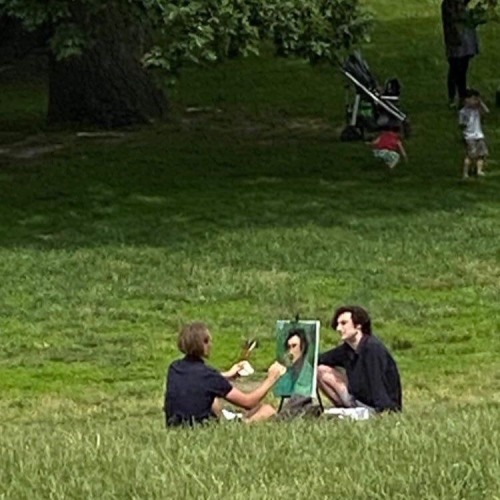
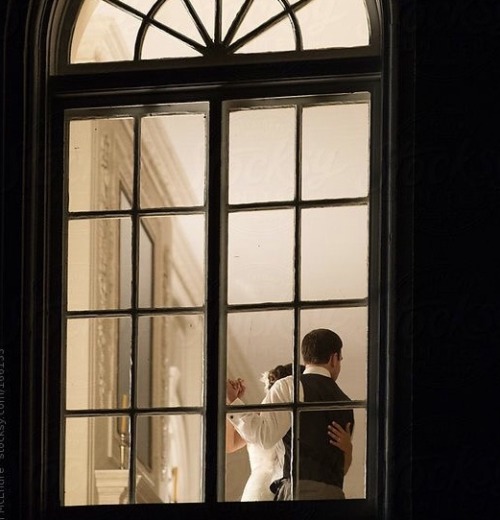
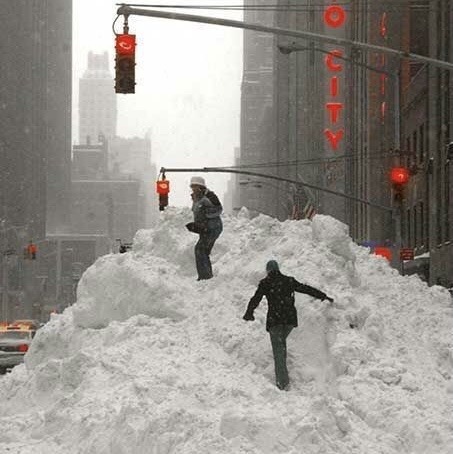
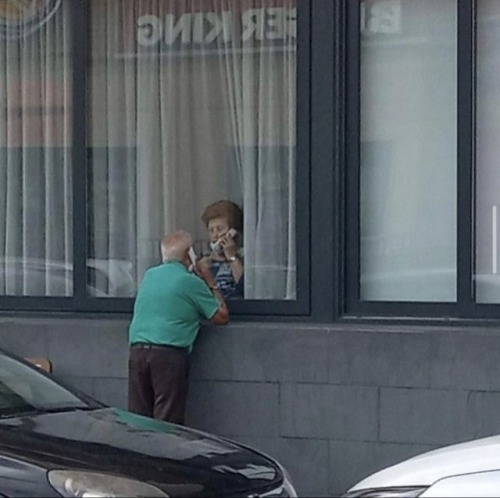

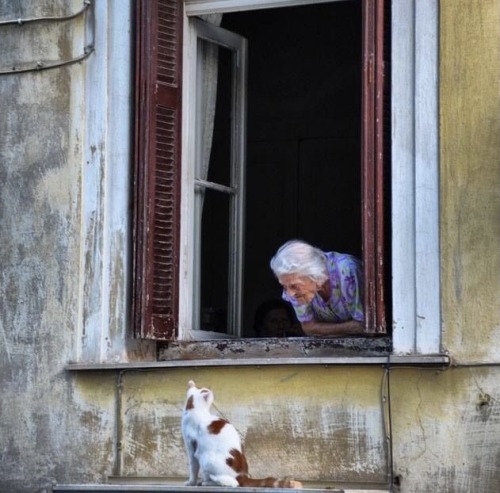
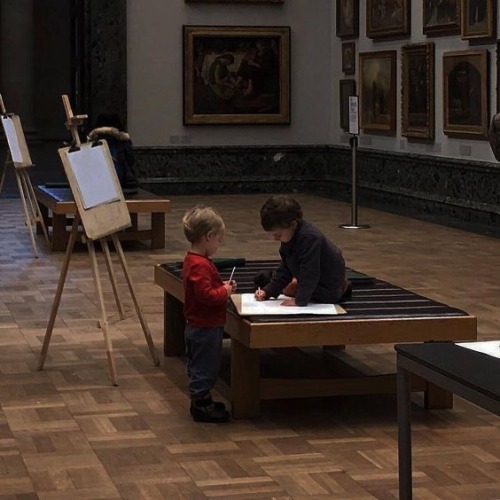
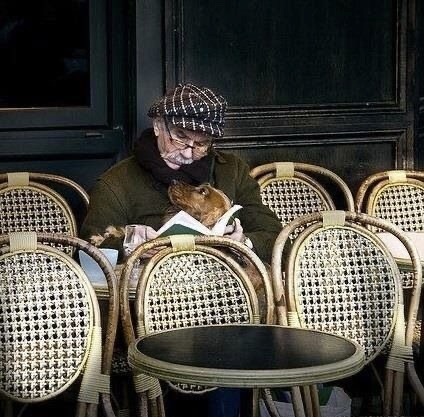
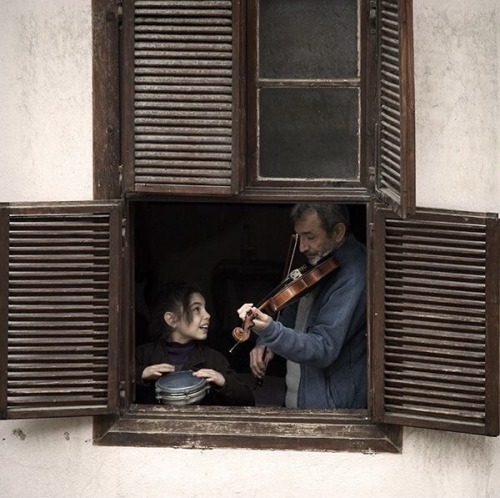
not all of it is bad i think….…. we are going to be okay i think.
More Posts from A-song-louder-than-eternity and Others


rainy days in rome are somehow making me so nostalgic














1. Clarice Lispector | 2. Egon Schiele | 3. Dylan Thomas | 4. Joseph Lorusso | 5. Jenny Slate | 6. Ron Hicks | 7. Mary Oliver | 8. Safet Zec | 9. Madeline Miller | 10. Antonio Piatti | 11. Ocean Vuong | 12. Peter Wever | 13. Richard Siken
reblog if you want to kiss someone rn

“For most of history anonymous was a woman”- Virginia Woolf
Anonymous no more






















“Where does such tenderness come from?”
1.Marina Tsvetaeva / 2.open house 1998 / 3.Sylvia Plath / 4.Joseph Lorusso / 5.Pablo Neruda / 6.Malcolm T. Liepke / 7.Ocean Vuong / 8.Joseph Lorusso / 9.Richard Siken / 10.Ron Hicks / 11.Mary Ann Samyn / 12.Ron Hicks / 13.May Sarton / 14.Joseph Lorusso / 15.Ivan Malkovych / 16.Ocean Vuong / 17.Breathless, Godard, 1960 / 18.Boris Pasternak / 19.Holly Warburton / 20.Mary Jo Bang / 21.Holly Warburton / 22.Susan Sontag










Yi Yi , Edward Yang , 2000.









you signed up for this; maisie peters // 20 something; sza // @holly-warbs// what’s my age again?; blink-182 // camden; gracie abrams // class of 2013; mitski // memento mori; welder wings // 27 club; raleigh ritchie // being 20/30 something @slow-rains

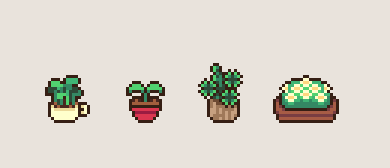
Bouncy plants for a secret project ;)




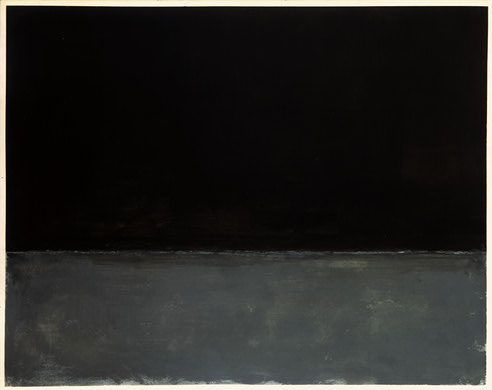


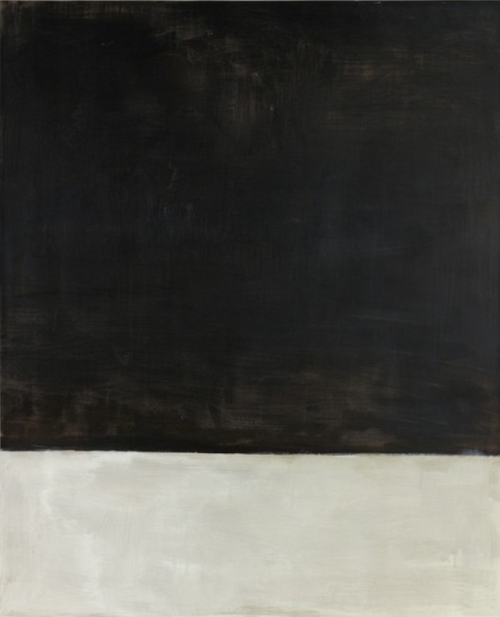
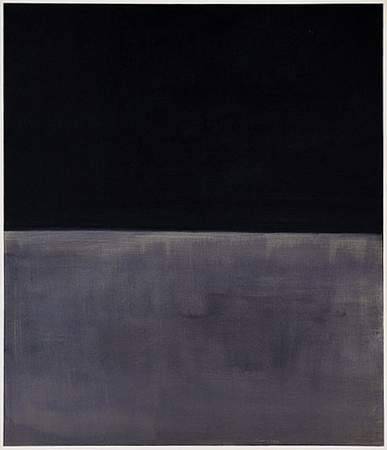

Mark Rothko, The Dark Paintings of 1969-1970,
Part One
The Black on Gray paintings were Rothko’s final series. Like the Brown and Gray works on paper, color has been extracted to a dark upper and a lighter lower section. Most striking is the painted white edge within which the composition is circumscribed. In all of Rothko’s earlier work the edges of his paintings folding around the stretcher had been meticulously painted. In marked contrast, the white surround of the Black on Gray paintings sharply demarcates the painted surface and collapses the pictorial space into a much flatter picture plane.
Previously, Rothko had used a mixture of rabbitskin glue and pigment to douse his canvases in a first layer of colour. The Black on Gray paintings, however, were primed with white gesso which shows through in various areas, further contravening any illusion of pictorial depth. Unlike the Brown and Grays, where the variations occur within a fixed format, the Black on Gray paintings substantially vary in size and orientation, each offering a completely unique exploration of scale and ‘weight’.
The Black on Gray paintings bear witness to the tireless effort with which Rothko kept pushing the boundaries of his practice; which may also explain why one evening in late 1969 he opened his studio to select members of the New York art world to view his latest paintings, the first and only time he presented a series as such.
-
 unavoidableconsequence liked this · 1 week ago
unavoidableconsequence liked this · 1 week ago -
 theweirdlynx liked this · 1 week ago
theweirdlynx liked this · 1 week ago -
 watmoed liked this · 1 week ago
watmoed liked this · 1 week ago -
 thiswillchangesomeday reblogged this · 1 week ago
thiswillchangesomeday reblogged this · 1 week ago -
 hastyhobbit liked this · 1 week ago
hastyhobbit liked this · 1 week ago -
 acegreenhorn reblogged this · 1 week ago
acegreenhorn reblogged this · 1 week ago -
 gleefulgiraffe liked this · 1 week ago
gleefulgiraffe liked this · 1 week ago -
 justwanttobefound reblogged this · 1 week ago
justwanttobefound reblogged this · 1 week ago -
 tglucose reblogged this · 1 week ago
tglucose reblogged this · 1 week ago -
 tglucose liked this · 1 week ago
tglucose liked this · 1 week ago -
 bekindskinnylove reblogged this · 1 week ago
bekindskinnylove reblogged this · 1 week ago -
 corvvus reblogged this · 1 week ago
corvvus reblogged this · 1 week ago -
 tempusvinciomnia reblogged this · 1 week ago
tempusvinciomnia reblogged this · 1 week ago -
 theatreglorialemon liked this · 1 week ago
theatreglorialemon liked this · 1 week ago -
 vintagesoulesscreature liked this · 1 week ago
vintagesoulesscreature liked this · 1 week ago -
 dustofdalek liked this · 1 week ago
dustofdalek liked this · 1 week ago -
 jmckoll liked this · 1 week ago
jmckoll liked this · 1 week ago -
 unsatisfiyed reblogged this · 1 week ago
unsatisfiyed reblogged this · 1 week ago -
 atributetolife liked this · 1 week ago
atributetolife liked this · 1 week ago -
 watersighs liked this · 1 week ago
watersighs liked this · 1 week ago -
 didjuicesayediblesoap reblogged this · 1 week ago
didjuicesayediblesoap reblogged this · 1 week ago -
 frozenblueberriess reblogged this · 1 week ago
frozenblueberriess reblogged this · 1 week ago -
 justwanttobefound liked this · 1 week ago
justwanttobefound liked this · 1 week ago -
 tumblringintoanabyss liked this · 1 week ago
tumblringintoanabyss liked this · 1 week ago -
 yourfriendlyghostoli liked this · 1 week ago
yourfriendlyghostoli liked this · 1 week ago -
 rose---child liked this · 1 week ago
rose---child liked this · 1 week ago -
 eclecticpandas reblogged this · 1 week ago
eclecticpandas reblogged this · 1 week ago -
 cactusfullofbees liked this · 1 week ago
cactusfullofbees liked this · 1 week ago -
 ecopunkhoneybee reblogged this · 1 week ago
ecopunkhoneybee reblogged this · 1 week ago -
 excuse-u-im-punny reblogged this · 1 week ago
excuse-u-im-punny reblogged this · 1 week ago -
 excuse-u-im-punny liked this · 1 week ago
excuse-u-im-punny liked this · 1 week ago -
 jelly-aestheic reblogged this · 1 week ago
jelly-aestheic reblogged this · 1 week ago -
 tohrinha liked this · 1 week ago
tohrinha liked this · 1 week ago -
 chiyo-hana reblogged this · 1 week ago
chiyo-hana reblogged this · 1 week ago -
 iguanaaaa liked this · 1 week ago
iguanaaaa liked this · 1 week ago -
 admirably-abhorrent liked this · 1 week ago
admirably-abhorrent liked this · 1 week ago -
 maximumtrashalmondpeanut liked this · 1 week ago
maximumtrashalmondpeanut liked this · 1 week ago -
 scrollingabyss liked this · 1 week ago
scrollingabyss liked this · 1 week ago -
 egg-leggs liked this · 1 week ago
egg-leggs liked this · 1 week ago -
 augustsgrass reblogged this · 1 week ago
augustsgrass reblogged this · 1 week ago -
 augustsgrass liked this · 1 week ago
augustsgrass liked this · 1 week ago -
 hellkaiserin reblogged this · 1 week ago
hellkaiserin reblogged this · 1 week ago -
 surgeon-adoratrice liked this · 1 week ago
surgeon-adoratrice liked this · 1 week ago -
 lemontealovers reblogged this · 1 week ago
lemontealovers reblogged this · 1 week ago -
 iamjustangel reblogged this · 1 week ago
iamjustangel reblogged this · 1 week ago -
 iamjustangel liked this · 1 week ago
iamjustangel liked this · 1 week ago -
 itsscarab reblogged this · 1 week ago
itsscarab reblogged this · 1 week ago -
 fartteam2 liked this · 1 week ago
fartteam2 liked this · 1 week ago -
 wetbandito liked this · 1 week ago
wetbandito liked this · 1 week ago
